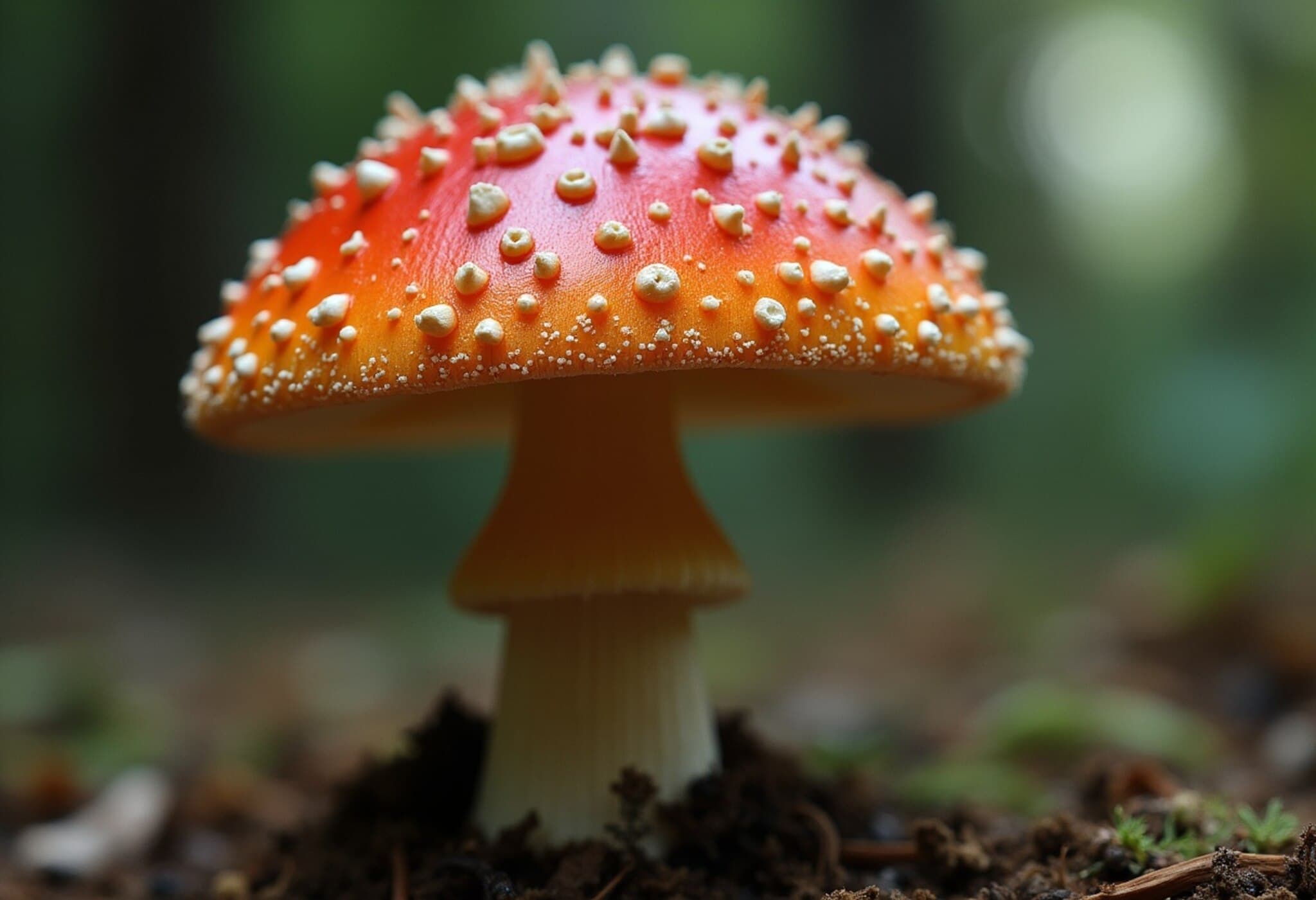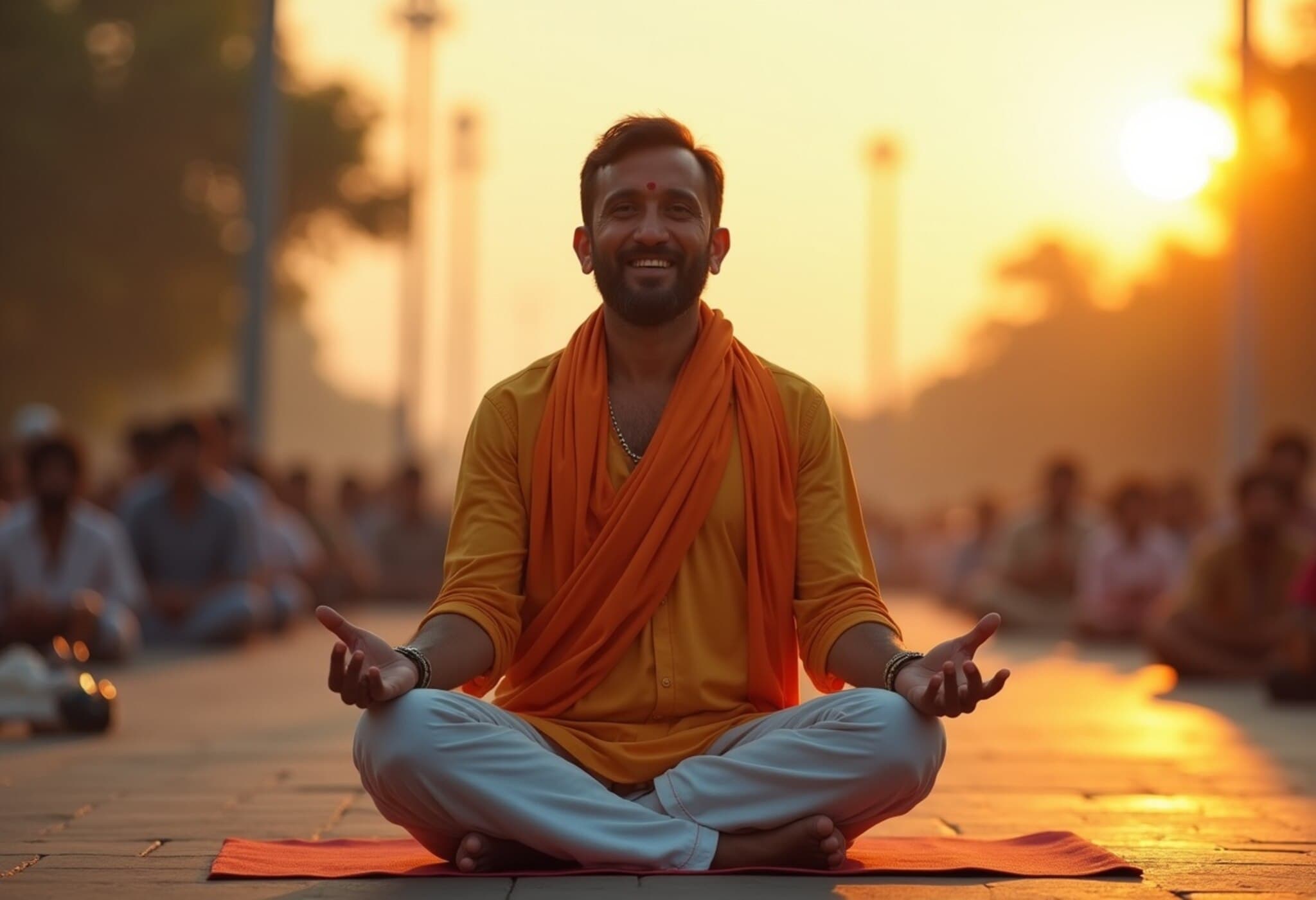The Ancient Practice of Forest Bathing Explained
Originating in Japan as Shinrin-yoku, forest bathing is a meditative approach that encourages people to immerse themselves in natural surroundings, engaging all their senses. This decades-old tradition taps into a growing body of scientific evidence highlighting the positive psychological and physiological impacts of spending time in green spaces.
Why Forest Bathing Is Gaining Popularity Today
In recent years, forest bathing has surged beyond its cultural roots, propelled by a wave of social media enthusiasm. Platforms like TikTok have seen over 45,000 videos tagged with #forestbathing, where users share personal accounts of reduced anxiety and increased mental clarity after nature excursions. This trend reveals a collective hunger to reconnect with nature amidst the relentless pace of modern life.
Guided Experiences Foster Deeper Connection
Mark Ellison, a certified forest therapy guide based in North Carolina, exemplifies this movement. He conducts tranquil forest bathing sessions in Pinnacle Park, where participants are gently guided to focus on sensory experiences—observing the sights, sounds, textures, and smells of the forest. These immersive walks, lasting roughly 90 minutes, encourage quiet reflection, often stirring profound emotional release. "People sometimes cry during these experiences," Ellison shares, noting that forest bathing provides a healing contrast to our typically hectic, technology-saturated routines.
The Mental Health Benefits Backed by Science
Experts like Ellison emphasize that forest bathing helps cultivate mindfulness by inviting individuals to slow down and fully engage their senses, calming the nervous system. This sensory attunement aligns with the renowned Attention Restoration Theory developed by psychologists Stephen and Rachel Kaplan, which posits that natural environments replenish our cognitive resources by providing softly fascinating stimuli that allow our focus to rest and recharge.
- Stress Reduction: Lower cortisol levels and decrease in heart rate have been linked to time spent in forests.
- Enhanced Focus: Nature exposure can improve attention spans and mental clarity.
- Emotional Healing: Forest environments facilitate profound personal reflection and grief processing.
Practical Tips: How to Start Your Own Forest Bathing Practice
No need to travel far to enjoy forest bathing’s benefits. Ellison suggests simple ways to incorporate the practice into daily life—starting small and local:
- Begin with 15-minute sessions in your backyard or a nearby park.
- Turn off electronic devices to minimize distractions and be present.
- Consider journaling observations and feelings after each session to track progress.
- If green spaces are scarce, bring nature indoors through plants, nature photography, or sounds like ocean waves.
- Invite a friend to join you to deepen the experience and ease any apprehension.
These steps enable urban dwellers and busy professionals alike to tap into nature’s restorative power without extensive planning or travel.
Expert Insight: Forest Bathing as a Public Health Opportunity
As mental health challenges escalate globally, forest bathing offers a low-cost, accessible approach to bolster emotional resilience and cognitive well-being. Policy makers and urban planners might consider expanding public green spaces and promoting guided forest therapy programs. Doing so not only nurtures individual health but also fosters community connection and environmental stewardship.
Critical Reflection
While the benefits of forest bathing are compelling, questions remain about equitable access, especially in underserved urban neighborhoods where green spaces are limited. How can public health initiatives ensure all populations can engage meaningfully with nature’s healing effects? Additionally, understanding the long-term impacts and identifying best practices for integration into mental health protocols warrant further research.
Conclusion: Embracing Nature’s Therapeutic Embrace
Forest bathing invites us to pause and attune to the natural world in a way that feels both ancient and urgently modern. By slowing down, stepping away from screens, and opening our senses to the forest’s embrace, we may find a sanctuary for the mind and soul in today’s hectic landscape.















